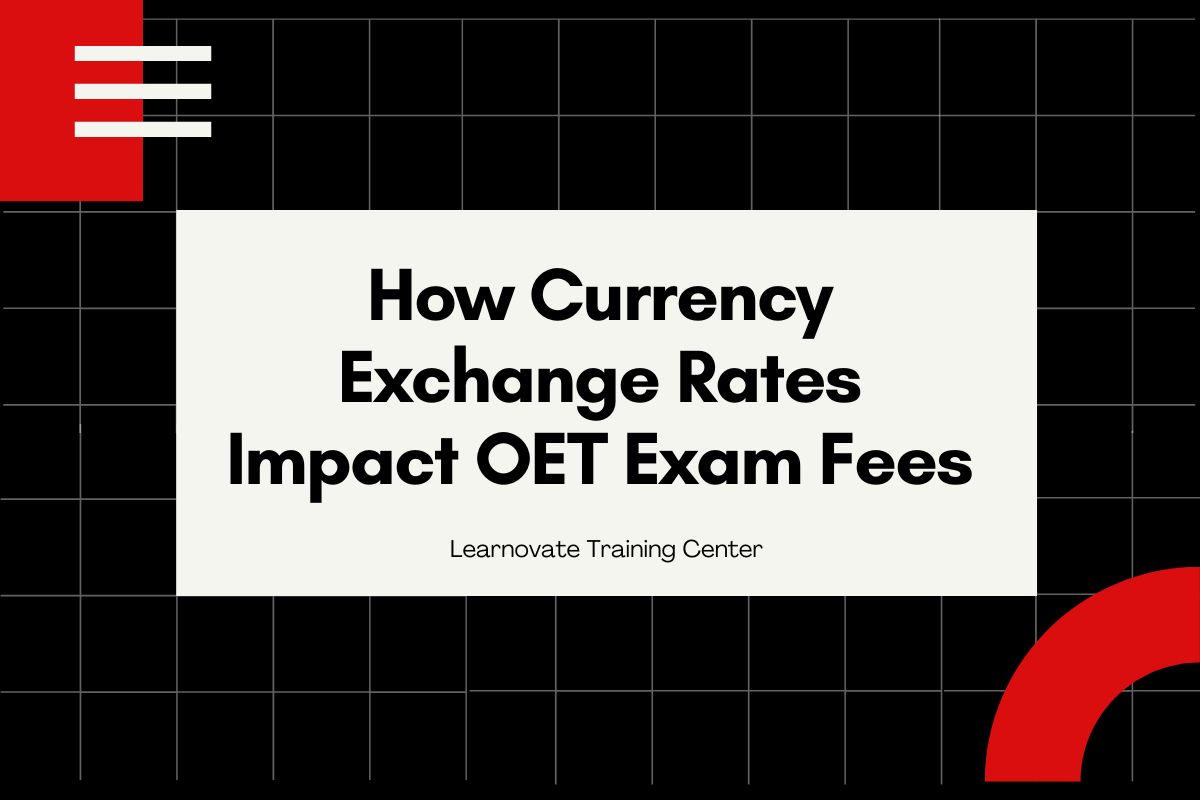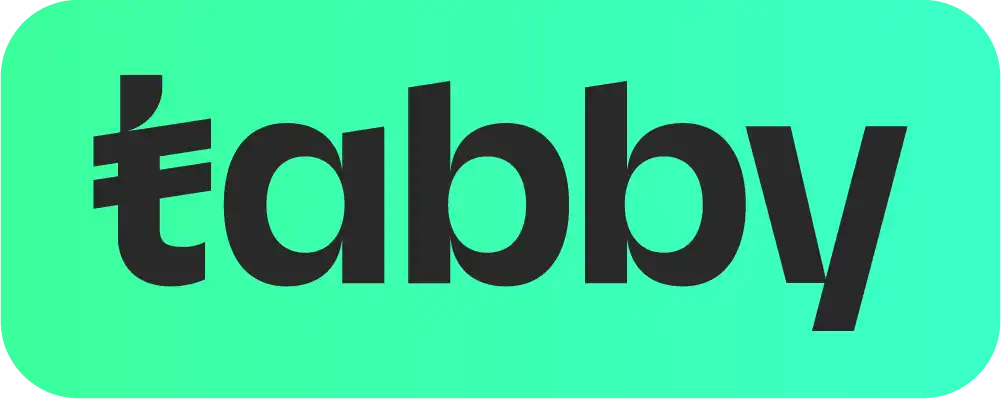Understanding the total cost is crucial when planning to take international exams like the Occupational English Test (OET). Since OET fees are set in foreign currencies, anyone paying from outside the test’s official country often faces unexpected expenses due to currency exchange rates. These rates affect the base fee and introduce extra charges like international transaction fees, hidden conversion costs, and fluctuating payment amounts.
For those preparing for the OET exam from the UAE or elsewhere, recognizing how exchange rates impact payments is essential for smart financial planning. Managing these costs effectively can prevent last-minute surprises and financial strain. At Learnovate Training Center, candidates receive expert advice not only on exam preparation but also on how to manage payment fluctuations and plan smarter.
Why Currency Exchange Rates Matter for OET Exam Fees
The OET is a vital qualification for healthcare professionals aiming to work in English-speaking countries like the UK, Australia, New Zealand, and Canada. However, the fee structure is typically listed in a set foreign currency, such as USD or AUD, while payments might be made from another currency. This creates a direct impact on currency exchange rate fluctuations.
When exchange rates shift, the total amount paid in local currency can rise or fall unexpectedly. Even after setting aside a budget based on a specific rate, small changes over time can result in higher costs when the payment date arrives. Without careful planning, this difference may cause budgeting challenges, especially for those preparing months in advance.
The Role of International Transaction Fees
In addition to the changing exchange rates, most banks and payment services apply international transaction fees for foreign currency payments. These fees are often a percentage of the total transaction, adding extra costs to the OET exam fee. Depending on the financial institution, fees can range from 1% to 3%, which can quickly add up.
For example:
- If the OET exam fee is USD 500 and the bank applies a 2% fee, an extra USD 10 is charged on top of the original amount.
- Some providers might also include administrative fees or service charges, further increasing the total cost.
When preparing for the OET, accounting for these charges in the budget is essential. Ignoring them can lead to unexpected costs and unnecessary financial stress.
Challenges in Budget Planning for OET Exam Payments
Paying for international exams like the OET brings specific financial challenges. Beyond the listed fee, several hidden factors may increase the total payment, making careful planning a necessity.
1. Fluctuating Exchange Rates
Exchange rates change regularly due to global economic conditions. This makes it difficult to predict the final payment amount in local currency. A fee estimated weeks before payment may be noticeably different by the time the payment is processed.
2. Additional Service Charges
Beyond standard transaction fees, banks and payment platforms may apply extra service charges, such as administrative or processing fees. These are often not disclosed upfront, making it harder to predict total costs.
3. Hidden Conversion Costs
Currency conversion rarely happens at the official market rate. Financial institutions often add a markup to the exchange rate, quietly increasing the total payment without clear notice. This hidden fee can make a significant difference in the final amount paid.
How to Manage Costs and Plan Ahead
Avoiding financial surprises starts with strategic planning. Here are practical steps to control costs when paying for the OET exam:
Monitor Exchange Rates
Keeping an eye on exchange rate trends can help determine the best time to make payments. Using online tools or apps to track currency movements allows payments to be made when rates are more favorable, helping reduce overall costs.
Consider a Multi-Currency Account
Multi-currency accounts allow funds to be held in various currencies, reducing the need for frequent conversions and limiting extra fees. For those managing multiple international transactions, this can offer significant savings.
Research Additional Charges
Before making a payment, reviewing any fees from the bank or payment provider is important. Some institutions may offer better rates for specific payment methods or waive fees under certain conditions.
Explore Alternative Payment Services
Services like PayPal, Wise (TransferWise), or others focused on international transactions often provide better exchange rates and lower fees than traditional banks. These platforms are also more transparent about total costs, helping avoid hidden charges.
Add a Buffer to the Budget
Planning for around 5-10% more than the listed exam fee helps cover unexpected fluctuations, fees, and conversion costs. Having this cushion ensures no financial stress arises when the payment is due.
Understanding the Real Impact of Exchange Rates
Small differences in exchange rates can lead to noticeable increases in the final payment. For example, an exam estimated at AED 2,000 may end up costing much more due to:
- Worsening exchange rates.
- Added international transaction fees.
- Service and administrative charges.
- Hidden markups during currency conversion.
When all these factors combine, the actual payment can easily rise beyond the expected budget. For this reason, early planning, tracking exchange rates, and comparing payment options are highly recommended.
Meeting Financial Goals While Preparing for the OET
Successfully managing the financial side of OET preparation involves more than just paying the fee. It requires careful attention to exchange rates, payment methods, and timing. Following these tips helps make sure the exam experience is smooth from start to finish—without unexpected financial burdens.
At Learnovate Training Center, support goes beyond academic preparation. Our team assists with practical advice on budgeting, payment strategies, and navigating the extra costs that come with international exams like the OET. With expert guidance, candidates can stay focused on their studies, knowing that the financial side is under control.
Conclusion
Currency exchange rates have a powerful effect on OET exam costs, especially for international candidates paying in a different currency. Added fees, fluctuating rates, and hidden costs can easily push payments beyond the expected amount if they aren’t carefully managed.
By monitoring rates, choosing the right payment methods, and planning with a flexible budget, these financial challenges can be minimized. In today’s global exam landscape, understanding how exchange rates work and budgeting wisely ensures that the only focus left is on achieving success in the OET exam itself.
For those seeking both excellent exam preparation and financial planning support, Learnovate Training Center offers complete guidance to ensure every part of the OET journey is well-managed. With the right knowledge and preparation, handling OET fees becomes just another step on the path to a successful healthcare career.













